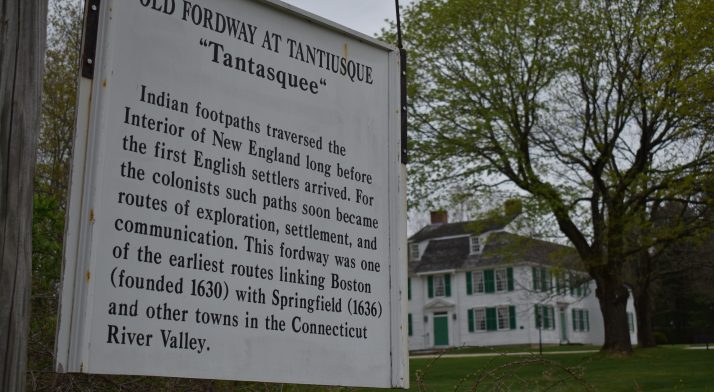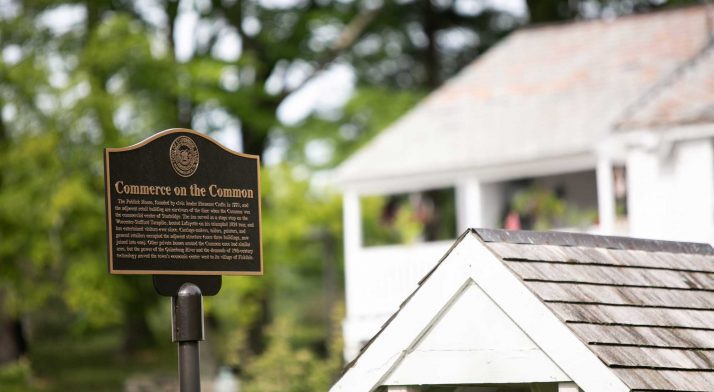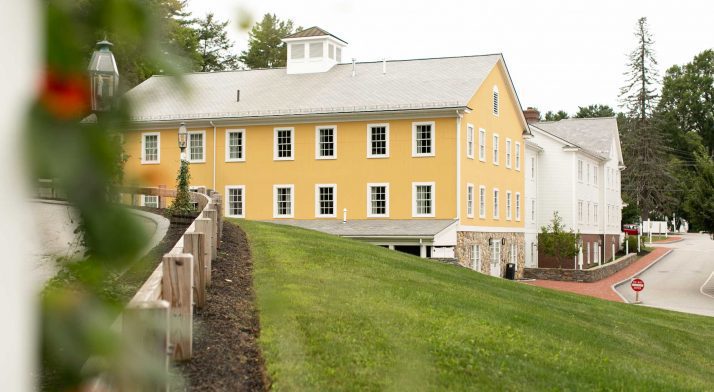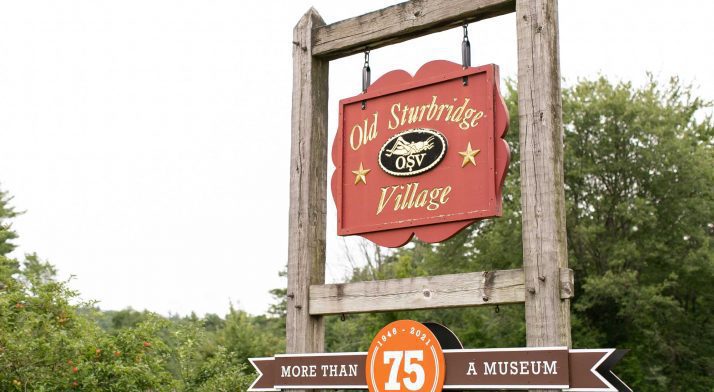History
1600s

Sturbridge has always been viewed as the “Crossroads of New England” dating back to the 1600s until the present with US Route 20 and Interstate 90 taking travelers from Boston to Oregon while Interstate 84 directs travelers south to Hartford, New Haven and New York State.
The term “Old Fordway to Tantiusques” is based on the term Tantiusque as the original name for this area cited by natives when traveling east toward the eastern coast. Eventually, westward bound settlers used this route to move west. This area now known as Sturbridge became an important junction for the North American “Bay Path” and the famous “Woodstock Path” running from Hartford and Providence to the North.
In 1633 John Oldham explored this area and in meeting the Native American residents was shown fragments of “black rock” which lead to the opening of the first graphite mine in America.
1700s

Sturbridge’s residential beginnings date back to the 1730s when 50 homestead lots were given out to interested families based on a decision by the General Court. Part of this decision requested that the new residents recruit “a learned orthodox minister and lay him out a house lot equal to the other house lots.” The name Sturbridge was adopted because ancestors of the first settlers were from Stourbridge which is located in Worcestershire, England.
During the Revolutionary War Sturbridge Common, donated by the Saltonstalls “For Publick Use Forever” was a training ground for the local militia with supplies and equipment stored here as well. Colonel Ebenezer Crafts personally equipped and supplied a company of cavalry for General Washington’s Army.
In 1795, landowner and farmer David Wight completed a millpond for his farm which still operates today and is a central part of the Old Sturbridge Village restoration.
1800s

Sturbridge’s geographic location as a transit hub helped it become a cultural and entertainment center. In 1824, the first Sturbridge Fair was opened to promote animal husbandry and the mechanical trades. By 1855, the Fair was incorporated as a “Society” with growing attendance and interest.
In 1824, the Marquis Lafayette and his son, George Washington Lafayette visited Sturbridge and lodged at the Publick House. The Lafayette’s were welcomed by over 3,000 people on the Town Green.
In the 1840s George Washington Wells started a small spectacle shop in Southbridge, MA which grew over the ensuing decades into the American Optical Company. In 1884, Madame Carlotta from New York operated a balloon ascension from the Sturbridge Fairgrounds.
1900s

In the 1930s the evolutionary stages leading to the creation of Old Sturbridge Village began with the formation of the Wells Historical Museum which would care for a collection of historic objects by Albert and Cheney Wells. Through the 1930s The Wells brothers conceived of an outdoor campus of historic buildings creating a “living museum” with operating shops and demonstrations of agriculture and gardening. This was originally called Quinnebaug Village. By 1941 the Fitch House, Miner Grant Store and the Richardson House were on a town common with an operating gristmill. In June of 1946 the name Old Sturbridge Village was designated and by 1955 additional buildings were acquired which included the Meetinghouse, Salem Towne House, Fenno House, Friends Meetinghouse, Pliny Freeman Home, the Printing Office and the District School.
During World War II, Sturbridge was a training center for the US Army 366th Regiment which in October 1943 was transferred to the war front in Italy on what was termed “The Gothic Line”. The training center was called the First Command Tactical School. Civilians played a role in the defense effort by working to identify aircraft and communicate flight activity to the US Army Air Corps.
